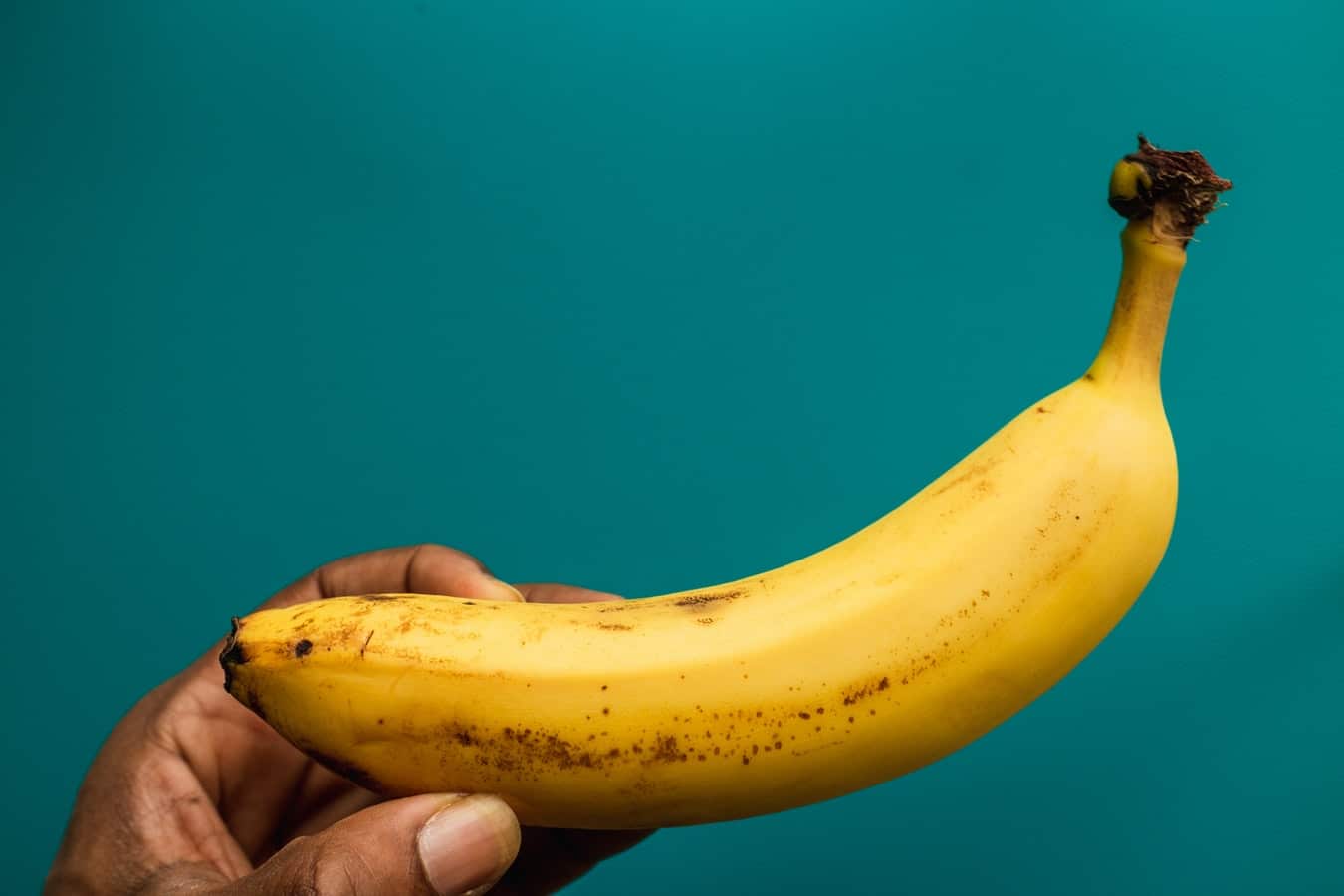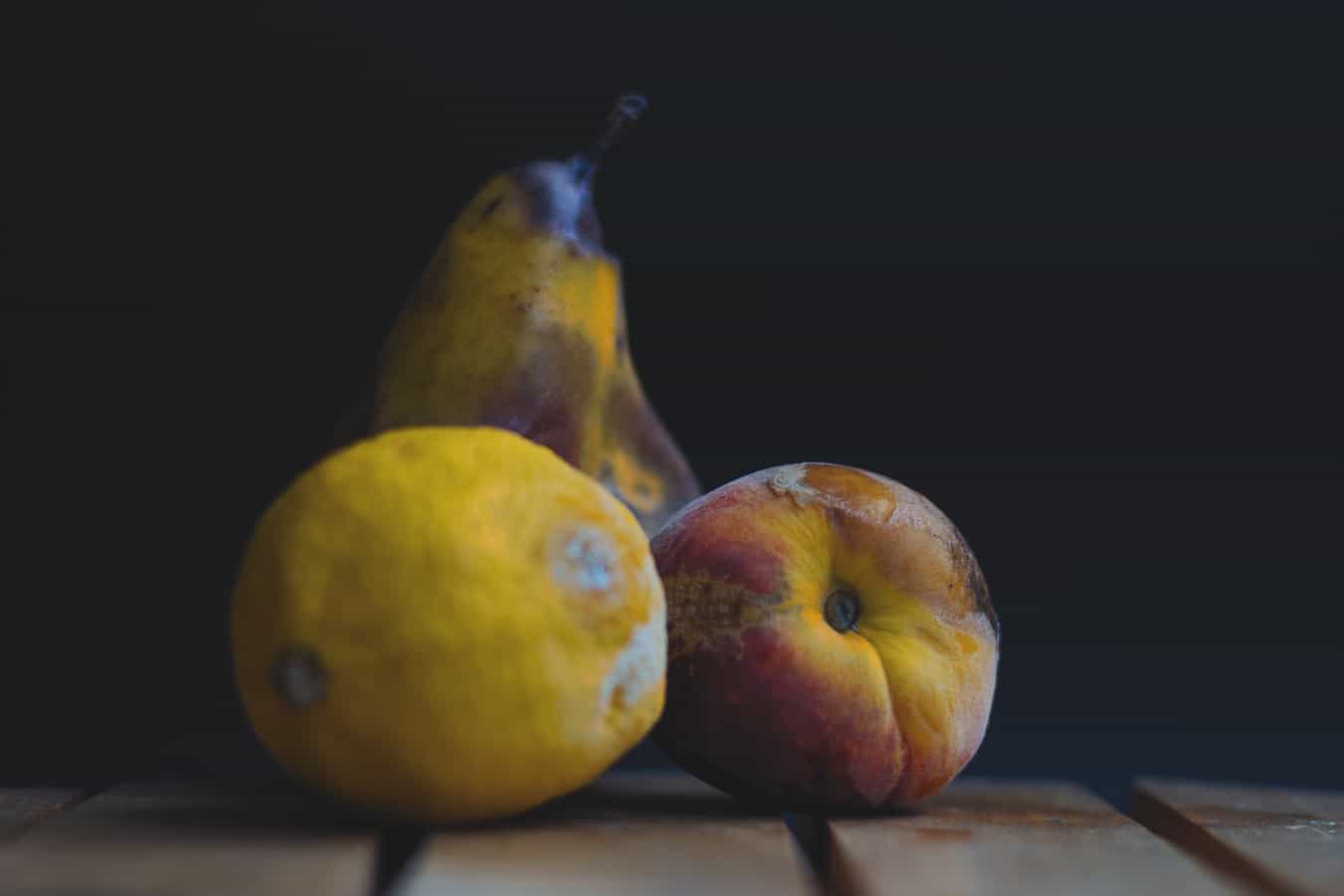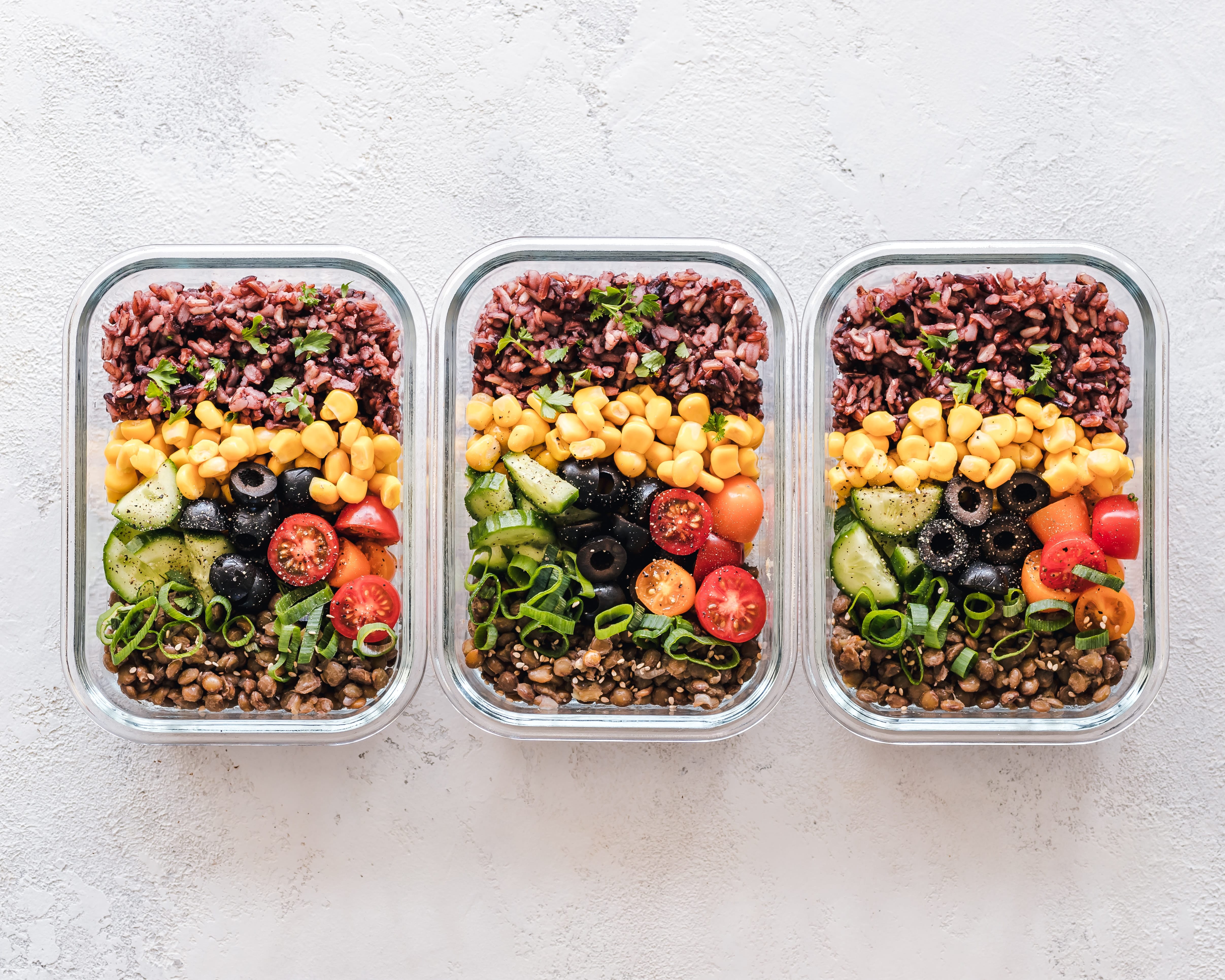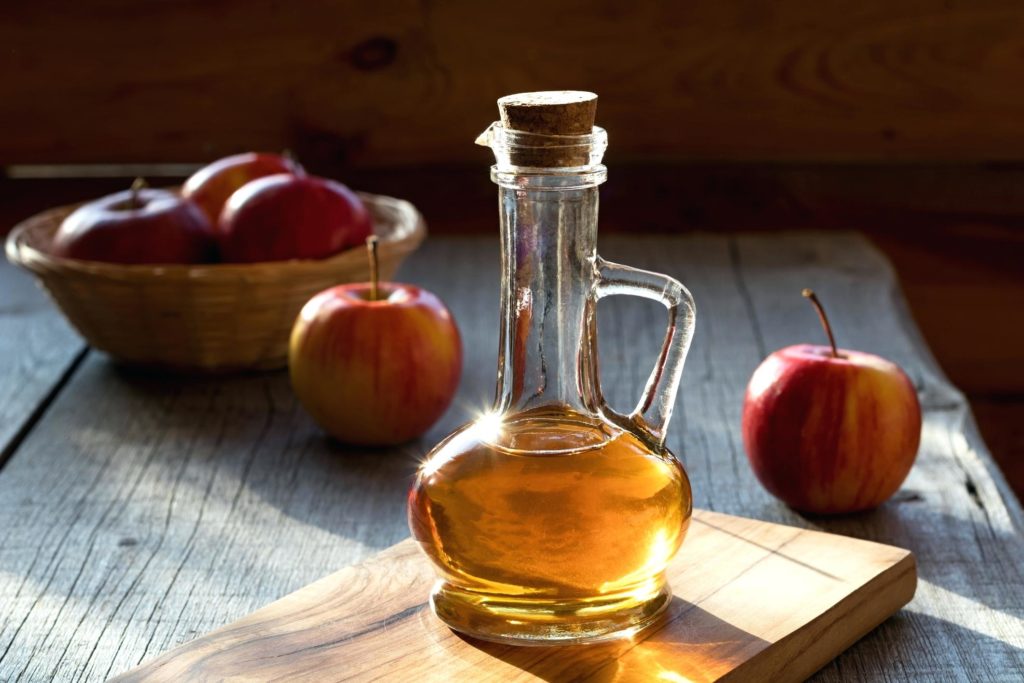Nobody likes it when food spoils and we have to throw it away. It is a waste of money and besides, we simply feel sorry for tossing something that we could enjoy.
In most situations, it happens because we don’t notice the first symptoms of spoilage in time and miss the moment when the product could still be saved.
If that’s what you face, again and again, it is time to stop the recurring nightmare and finally figure out how spoilage can be spotted.
Signs Of Food Spoilage. What to Pay Attention To
What do we know about food spoilage at all? Probably, only that it appears as dark and soft spots on the surface of vegetables and fruits, or as moldy traces. Bad odor and changes in the food’s color are also well-known signals of something going wrong.
And of course, we mostly stick to the expiry dates on the foodstuff packages when deciding whether this or that stuff is bad or not. Nevertheless, those dates are not always what can tell us that the content is safe to eat. Most often, they only show until when the product is of the highest quality which apparently doesn’t mean that it must be discarded right on the next day after the term expired.
So what shall we do, you may ask? That is a reasonable question, and we can tell that relying on our senses is the best way when we need to define whether a certain foodstuff is still safe to consume.
Check out the major signs of spoilage to be absolutely sure next time you will be inspecting the fridge.
Slime
If the deli meat or roasted meaty leftovers feel soggy or they have that sheen, it is definitely the symptom of spoilage. The same is true for veggies and fruits. Discard those instantly without even hesitating. Note: meaty foods must be discarded within ten days after they were put to the refrigerator.
Mold
Probably, the most obvious signal of things going really bad. Even if you see only the small spores (they look like dots) on meaty foods, fruits, veggies, or dairy goods, toss that foodstuff without regrets.
Nevertheless, several moldy dots on bread don’t mean it is dangerous to consume – you can cut those off and keep on eating the loaf.
Of course, badly molded bread and other foods and bakery must go to the trash bin, and remember to check the products that were kept close to the molded stuff – the spores can easily be transferred from one food to another.
Changes in color

Let’s clarify at once: not all products change color when turning bad. Avocados, for instance, naturally shift their coloring when exposed to air, and it doesn’t affect their quality. Meat also tends to become discolored if we leave it in the fridge because it is exposed to air. None of these examples show that the product is harmful or spoiled.
However, most of the green vegetables discolor when it’s time for them to be discarded. If you noticed the discoloration at the very first stage and it is not yet widely spread, try to save the foodstuff by immersing it in icy cold water. That will only work for the veggies though.
Bad smell
It is not only milk that smells rancid when spoiling. Fruits, vegetables, and even meat can be checked for quality by giving them a good sniff.
Do you sense something that must not be there? Any strange, bad, or stinky odor? Discard without even doubting!
Strange texture
When food spoils, its texture degrades. Crisp and juicy fruits turn mashy and hard vegetables get soft. Also look for squishy, grainy, or wrinkled stuff – all of those must go to the trash.
Note: brown bananas and brown/softened apples are still ok to be used in baked goods!
Damaged package or frost
It refers only to the frozen goods. Even though the excessive amount of ice is not necessarily the sign of spoilage and can simply be the result of freezer burn, it is better to double-check and toss the foodstuff if it is actually bad.
Ripped package, on the other hand, is the direct path for bacteria to get to the content, so discard those the second you notice them.
Floating eggs
That’s a good way to check whether eggs are ok without breaking them. Just put them into the deep bowl with water. Those that will drown are safe to eat whereas floating eggs must be discarded since they are spoiled.
Canned food
With this sort of goods, we need to be especially cautious since spoiled canned foodstuff can cause botulism and that one can be fatal!
Examine the can attentively: if you see any rust, bulging lid/can, broken seal, or if the can smell bad, toss it away.
Fish spoilage signs
When any seafood turns bad, it develops that noticeable slimy and slippery coating, and the smell becomes stronger.
To avoid food poisoning, consume fish and seafood within 36 hours or freeze it for further use.
How to Know Whan It’s Time to Discard
https://www.youtube.com/watch?v=GD4SBDkK5aw&feature=youtu.be
This is a good question since we often have to throw foods away simply because we don’t know how long this or that product can stay safe in the fridge.
For this reason, we suggest you check the following chart where you can find the major foodstuffs that can be found in any fridge, and find out their spoilage signs and some keeping tricks.
| Food | Lifespan | Storage hints | Spoilage signs |
|---|---|---|---|
| Milk, yogurt, cream | 1 week (milk) 2 weeks (yogurt) 3days-2 weeks (cream) | Don’t leave unchilled Store between 33 and 40 degrees | Sour smell Clumps (milk) Curdling (cream) Discoloration, mold (yogurt) |
| Butter | 1-2 months | Consume within 2 weeks after opening | Rancid odor and flavor |
| Hard cheese | 3-4 weeks | Keep refrigerated between 33 and 40 degrees | Green or blue mold |
| Bread | 5-7 days | Freeze for a longer lifespan | Mold |
| Cakes | 2-4 days | Freeze for 2-3 months for longer keeping | Hard, dry texture Mold |
| Ice cream | 2 months | Don’t refreeze if melted | Spoils fast at room temperature |
| Cereal | 2-3 months | Lasts for 6-12 months unopened | Mold Stale texture |
| Eggs | 3-5 weeks | Don’t keep on the fridge’s door | The sour, putrid odor |
Knowing these basics of defining spoiled foods, you will now be able to spot the process at the very first stage and perhaps save the foodstuff or at least avoid food poisoning which is even better.
[wp-faq-schema title=”Frequently Asked Questions”]







